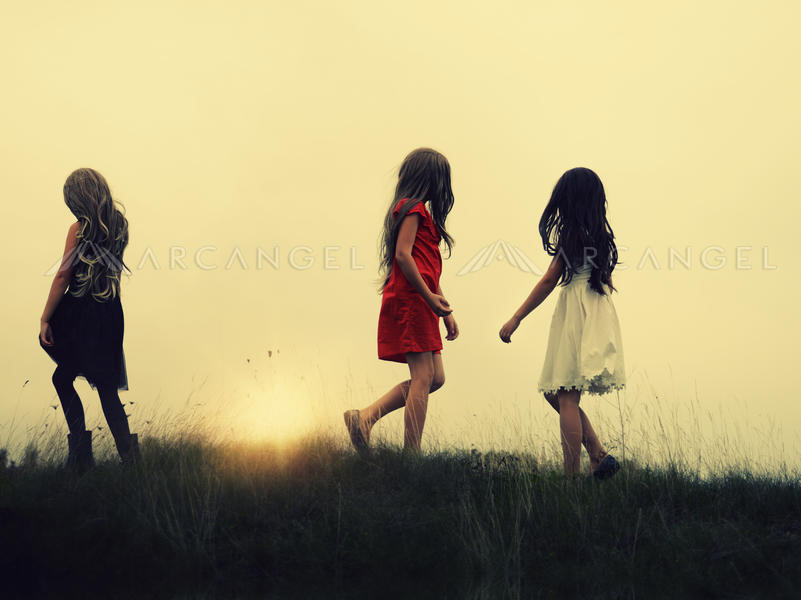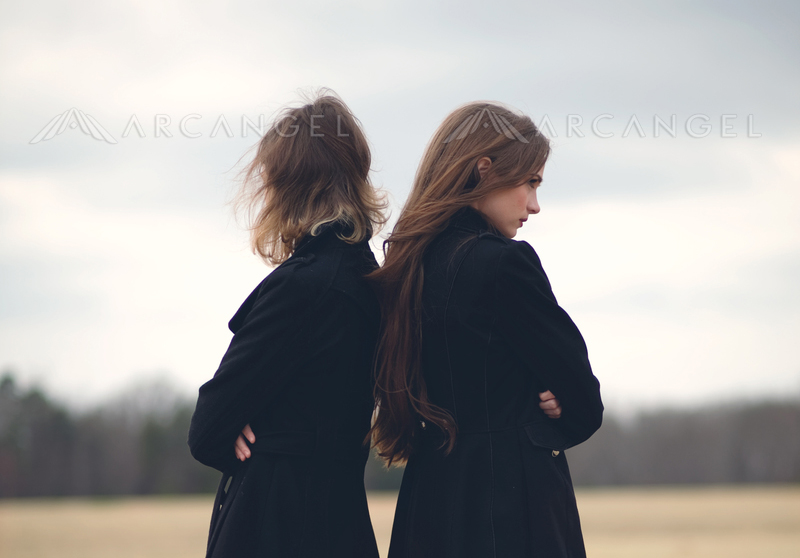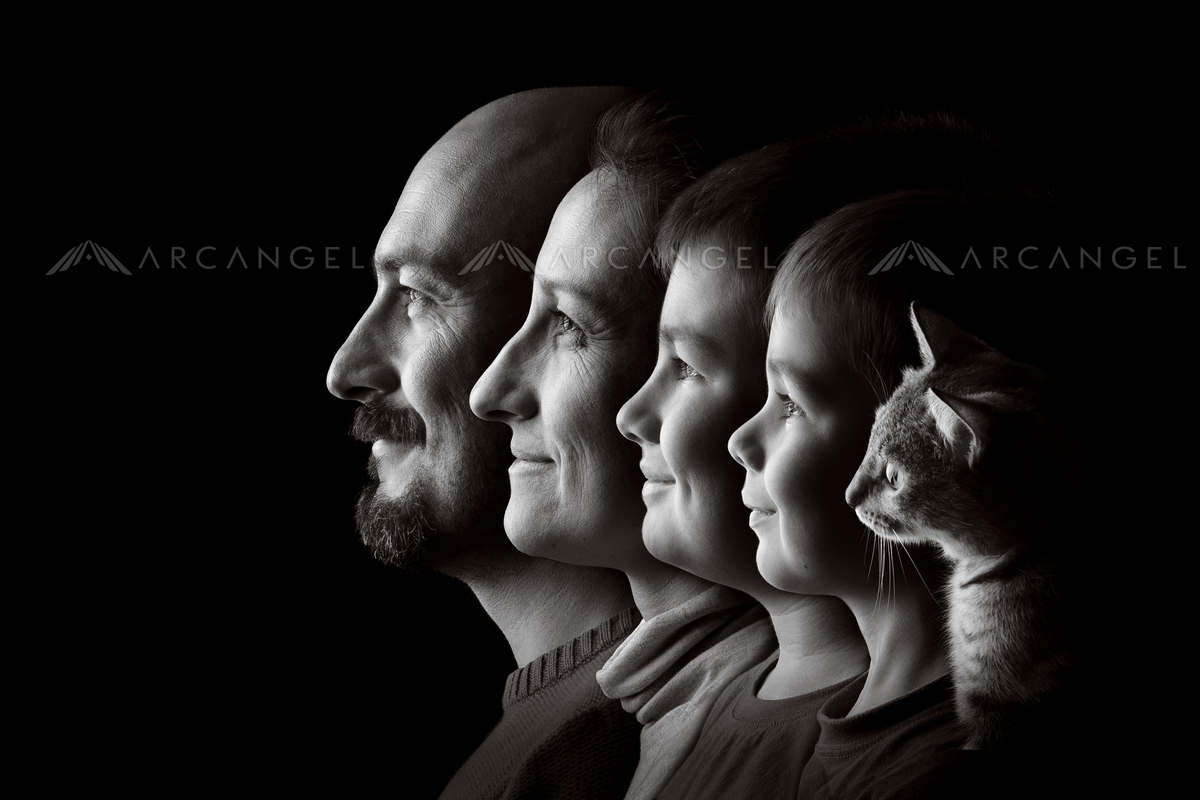How to shoot family relationships for book covers
In 2018 we’ve received a great many requests from publishers for images showing family relationships. It sounds like an easy subject to shoot, but in reality it can be a real challenge to get right!
Book cover images need to be more than a family group photo. The image needs to work in the context of a cover design, and must convey emotions and narrative themes.
Here are our top tips for how to shoot family relationships for book covers!
Clothing and outfits
Contemporary: Keep it simple. Avoid patterned clothing – plain colours are easier for designers to work with. Casual clothes are usually better than more formal outfits, as they will work for a wider range of genres and styles. Simpler styles will usually feel more timeless!

Diversity
Family groups come in all shapes and sizes, and families appear in fiction in many different contexts. Shooting family relationships needn’t just mean depicting contemporary families at home.
Diversity in fiction is also a high priority for publishers at present, and there is a push to go beyond the traditional image of a nuclear family.
Consider the following when planning a shoot…
- Ethnic diversity: this could be families from different ethnic backgrounds, different cultures, or from different countries. It could also relate to stories of adoption, relationships across borders, or surviving conflict. There are many creative possibilities!
- Diversity of families: our notions of family are much wider than they used to be, and include same-sex relationships, single parents and step-families. It needn’t simply be mother, father and two children!
- Diversity of ages: publishers need all ages – from newborns and rebellious teenagers to modern and contemporary grandparents.
- Different eras: family groups in historical costumes and settings can be very powerful images for period fiction. This is especially true of wartime, where families might be separated and experiencing adversity or tragedy.

Emotions and Narrative Themes
Family relationships in fiction are incredibly varied, and can tell stories of courage, rivalry, happiness, support, loss…
Think about the different stories your images could tell. How might you show the distance between an estranged mother and daughter? What could suggest the emotion of a father who has recovered his little girl, of two sisters facing a life without parents, or of a boy jealous of his brother? What about evoking a child’s happy memory of summer with her grandparents?
When you’re on a shoot, keep all these possibilities in mind! Be creative and think beyond simple relationships – a mother and her son could express many complex emotions. Don’t miss the opportunity to cover all kinds of feelings and tell different stories during a shoot.

Showing faces
Designers often avoid showing people’s full faces on book covers. It’s the author’s words that will paint a picture of the characters, and the cover will often leave room for the reader’s imagination. As a result, we often recommend framing subjects with faces wholly or partially obscured.
This can be achieved by shooting people from behind or in profile, using hats or clothes to mask faces, or by focusing on details like a person’s hands. Movement and motion blur can also be a great way to make a figure interesting without revealing their face.
However, there are many exceptions to this! In the context of families, children’s expressions can be very evocative. For example, the ‘misery memoir’ genre – stories that deal with difficult subject matter such as abuse – will often employ portraits of children to suggest suffering and heartbreak.

Model Releases
Model releases are essential for any photoshoot, but if you’re including children it is very important to have written permission from their parents. Make sure they have read and signed the release paperwork to ensure publishers can license your images safely and legally.
Good luck with your shoots – we look forward to seeing lots of new work around families and the different stories they can tell!
We have prepared a selection of images that show some of the principles and techniques outlined above, including some that have already been licensed for publication!


